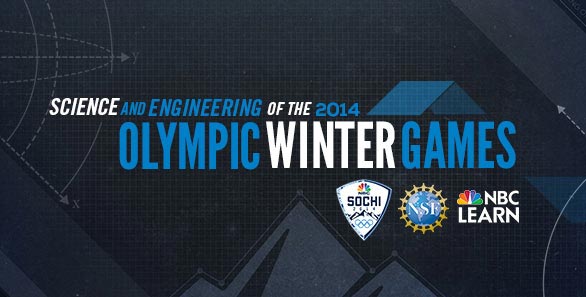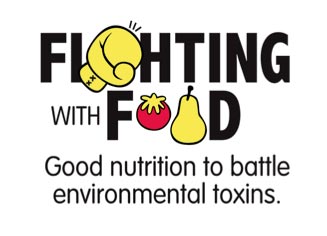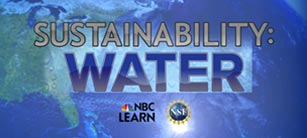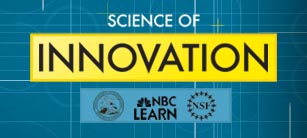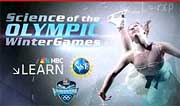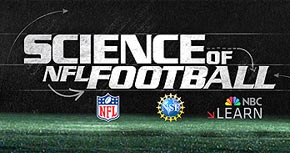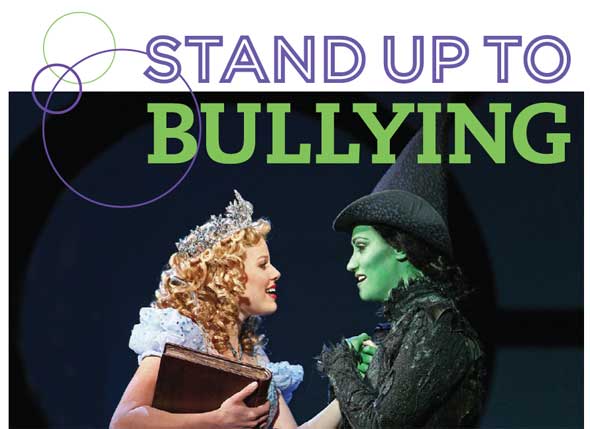
Special NIE Report
BullyBust has partnered with the Broadway musical WICKED to create "Stand Up to Bullying," a national bully prevention Student Learning Guide and a Teacher Tool Kit with lessons designed to raise awareness about the harmful effects of bullying on victims, bystanders and bullies themselves.
Downloads from BullyBust
Stand Up to Bullying Student Supplement
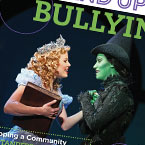
This Stand Up to Bullying Student Supplement educates students on how to be upstanders against bullying using the inspiring story of the Broadway musical WICKED and real-world examples from the news. Through the activities and stories in this supplement, students will gain a deeper understanding of this toxic issue, learn concrete strategies for how to prevent bullying and be empowered to help create positively engaged, safe and caring schools and communities.
What You Can Do To Help
As an Educator, you are a powerful influence on bullying in your school. Below are some tips on steps you can take right now to make a difference in your students' lives:
- What to do before bullying occurs Preparing for bully-victim behavior is one of the most critical steps that school leaders need to take to prevent bully-victim-bystander behavior. Just as we can and need to prepare for physically dangerous moments, schools must prepare for socially and emotionally dangerous moments, like bully-victim behavior. Responding to kids who are victims or the bullies themselves is extremely important. They both need our help and support. It's most important that we take immediate steps to protect the target of bullying. Although we may need to discipline the bully, we also must understand why he or she is acting this way. Bullies are typically students who are in some sort of trouble and need adult help to address unmet needs.
- At the Moment: What do we do? There are four first steps (1) Stop it; (2) bring the bully (or bullies) and the target(s) to a quite safe place where they can be separated and can be talked to and with; (3) alert the principal or whoever he or she has designated to be in charge of these moments; (4) talk to the bully (or bullies) and the target(s) separately. Learn about what happened. Be attuned to kids who seem vulnerable to bully-victim situations, and make sure each student is connected to at least one caring adult.
- After Bullying Occurs Being bullied can be wounding and traumatic. Although we typically do not see an actual physical wound, students need to "clean" the social and emotional wounds that bullying can cause. And, the way that caring adults can promote the healing process is by supporting the student to give voice to the range of feelings and thoughts that they have about the experience. Follow up with students after the incident. Listen, listen and listen in caring ways. When students give voice to how they feel and what they think about the experience of being bullied, it is the equivalent of "cleaning a wound". As painful as it can be for students to tell about these experiences (and as painful as it can be for adults to listen to this), it is much more complicating and problematic when these feelings, thoughts and memories go "underground" and are not talked about.
- Developing school-wide upstander efforts Effective bully prevention efforts need to be grounded in school-wide bully prevention and pro-upstander efforts. Most bully prevention efforts do not incite any real, long-lasting change. Schools can and need to anticipate bully-victim-bystander behavior. To do so, these initiatives must be grounded in a school-wide pro-upstander effort. NSCC provides comprehensive bully prevention supports including workshops, educator tool kits, and keynotes. Learn more and contact us for information.
More NIE
Special Reports
►2014 Winter Olympics
►Fighting With Food
►Sustainability: Water
►Science of Golf
►Science of Innovation
►Writers Speak to Kids
►Summer Olympics
►Science behind the News
►Science of Hockey
►Black History Month
►Changing Planet
►Cheeseburger Chemistry
►Chemistry Now
►Science of the Olympics
►Science of Football
Please refer to the full NSCC's educator bully prevention guidelines for more in depth support.
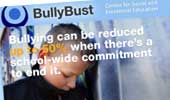
For more resources and support materials visit http://www.schoolclimate.org/bullybust/
Additional resources
Colorado NIE Weekly lessons
Colorado NIE Youth Content
- Colorado Kids Wordbank
- Colorado Kids Assessment Test
- Colorado Kids Web Links
- Become a Youth Reporter
- Kid Scoop
- Mini Page
Lessons & Classroom Activities
- Cartoons for the Classroom
- Front Page Talking Points
- This Week in History
- News Video
- News Quiz
- Daily Science Webcasts
- Geography in the News quiz
- NASA Space Place
Resources by grade level
